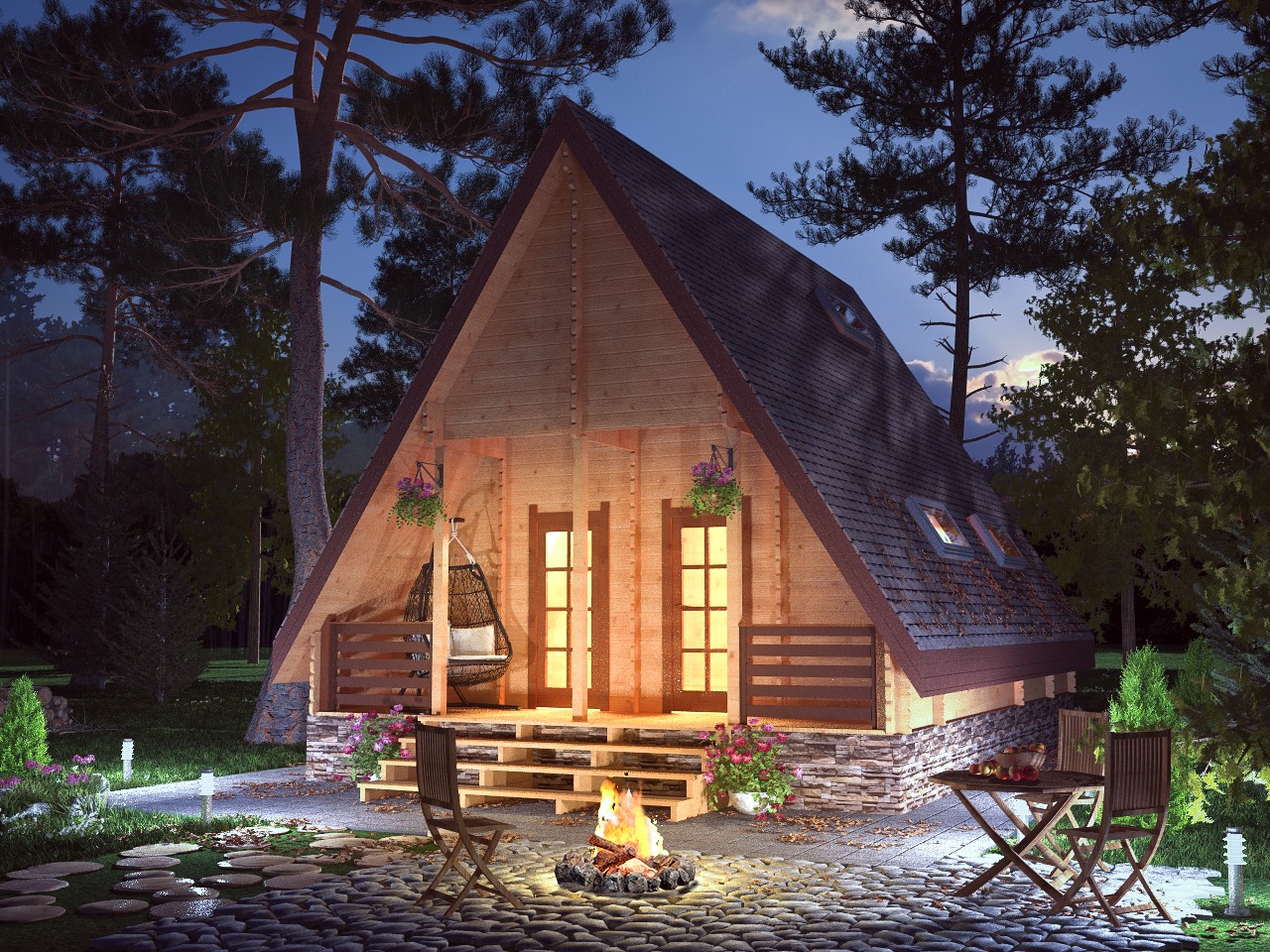
Mood and atmosphere play a critical role in architectural renderings. They can evoke emotions, convey a sense of place, and help the viewer understand the design intent.
Mood refers to the emotional feeling or ambiance that a rendering creates. For example, a rendering of a cozy interior space might create a warm and inviting mood. On the other hand, a rendering of a stark and sterile laboratory might create a cold and clinical mood. By carefully selecting lighting, colors, materials, and composition, architects and designers can manipulate the mood of a rendering to achieve a desired emotional effect.
Atmosphere, on the other hand, refers to the overall feel or character of a rendering. It includes elements like lighting, weather, time of day, and surrounding context. For example, a rendering of a building in a busy urban area might have a bustling atmosphere with lots of activity, while a rendering of a building in a serene natural setting might have a tranquil and peaceful atmosphere. Atmosphere can be used to communicate the purpose and function of a building and to help the viewer understand how it fits into its surroundings.
Together, mood and atmosphere can bring a rendering to life and help viewers connect with a design on an emotional level. They can also help clients and stakeholders understand the intended experience of a space and provide a glimpse into how it might feel to inhabit it.
